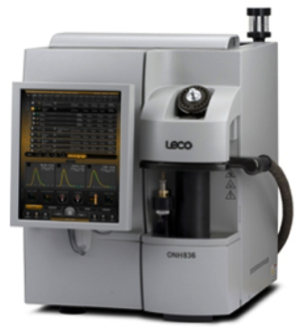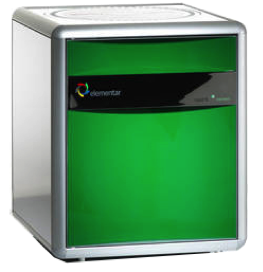April 16, 2019 -- We're back again with another article in our atomic spectroscopy series! Today we are discussing organic elemental analyzers. At the Science Board we classify organic elemental analyzers as instruments specialized for the measurement of elements strongly associated with organic molecules, as well as samples typically studied within the life sciences.
Given the breadth of instruments that meet these criteria, there are a number of technologies characterized by the samples and/or elements that they are designed to measure. Essentially, elemental analysis (EA) is a method where a sample of material is analyzed for its elemental composition. This can be done in order to determine what elements are present as well as in what quantities. EA can be a rapid way to determine purity in samples.

The first category of organic elemental instruments are those that analyze multiple elements. The minimum requirement for this category is the analysis of carbon, hydrogen, and nitrogen will hereon be referred to as CHN-type. Many CHN-type instruments can be modified with a variety of operational detectors for the measurement of other organic elements, such as oxygen, sulfur, and phosphorous. Generally speaking, these instruments utilize combustion for analysis.
The second category of instruments includes nitrogen/protein analyzers. The amino acid composition of protein, which is interlaced with nitrogen, allows for the analysis of protein through the quantification of nitrogen. This, of course, is predicated upon the nitrogen content of the sample coming only from protein.

The third class of instruments is similar to total nitrogen analyzers, except that they are generally specialized for the analysis of protein in food, rather than in the analysis of water. Included within the protein/nitrogen section are Kjedahl systems. The Kjedahl method is commonly used in wet chemistry to determine protein content.
Organic elemental analysis is used in a wide range of applications ranging from environmental analysis to quality control in food and pharmaceuticals. Organic elemental analyzers work with great precision in order to be used for quality control purposes in a regulatory setting.
What do you think?
How have you applied organic elemental analysis to your work?
Copyright © 2019 scienceboard.net






